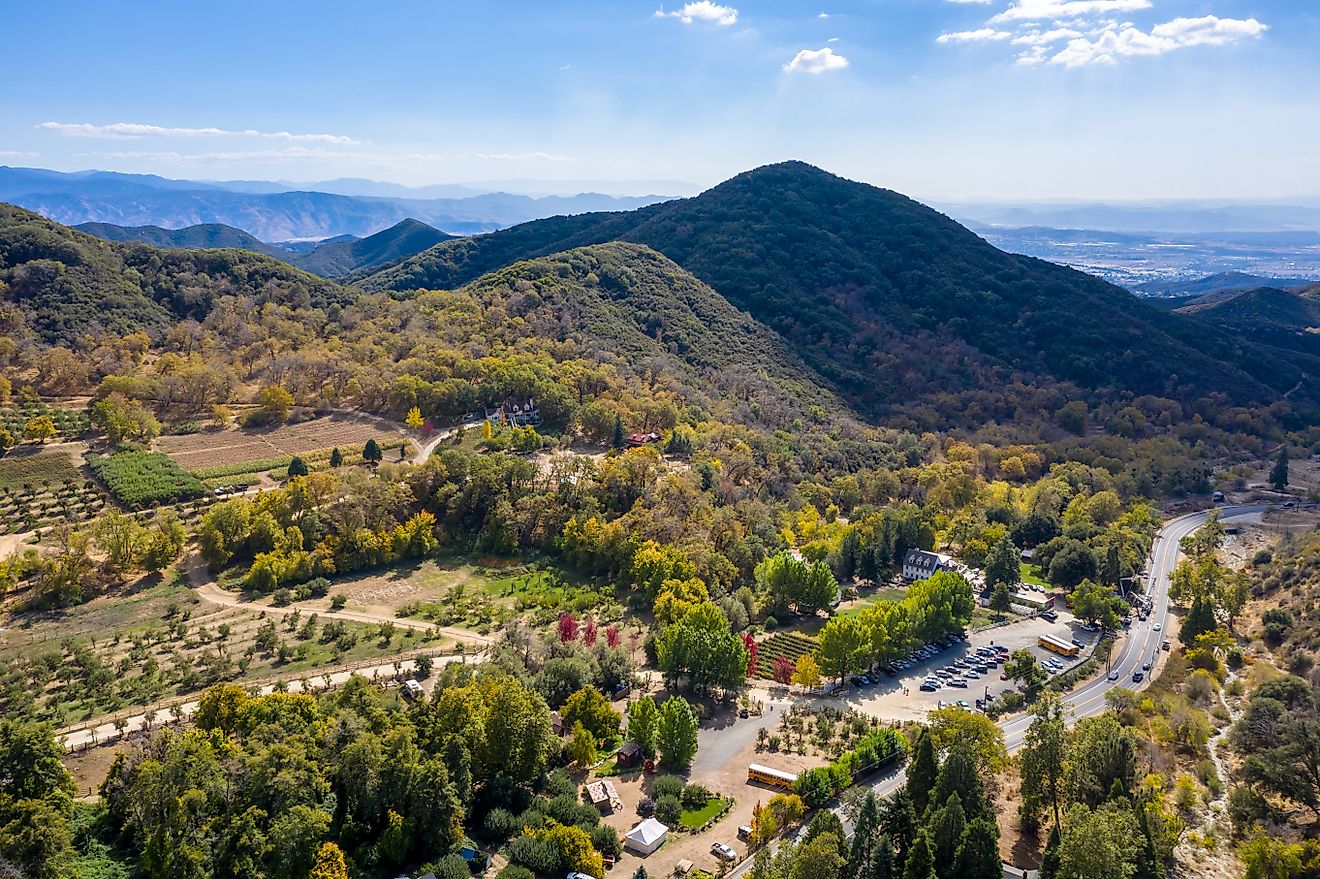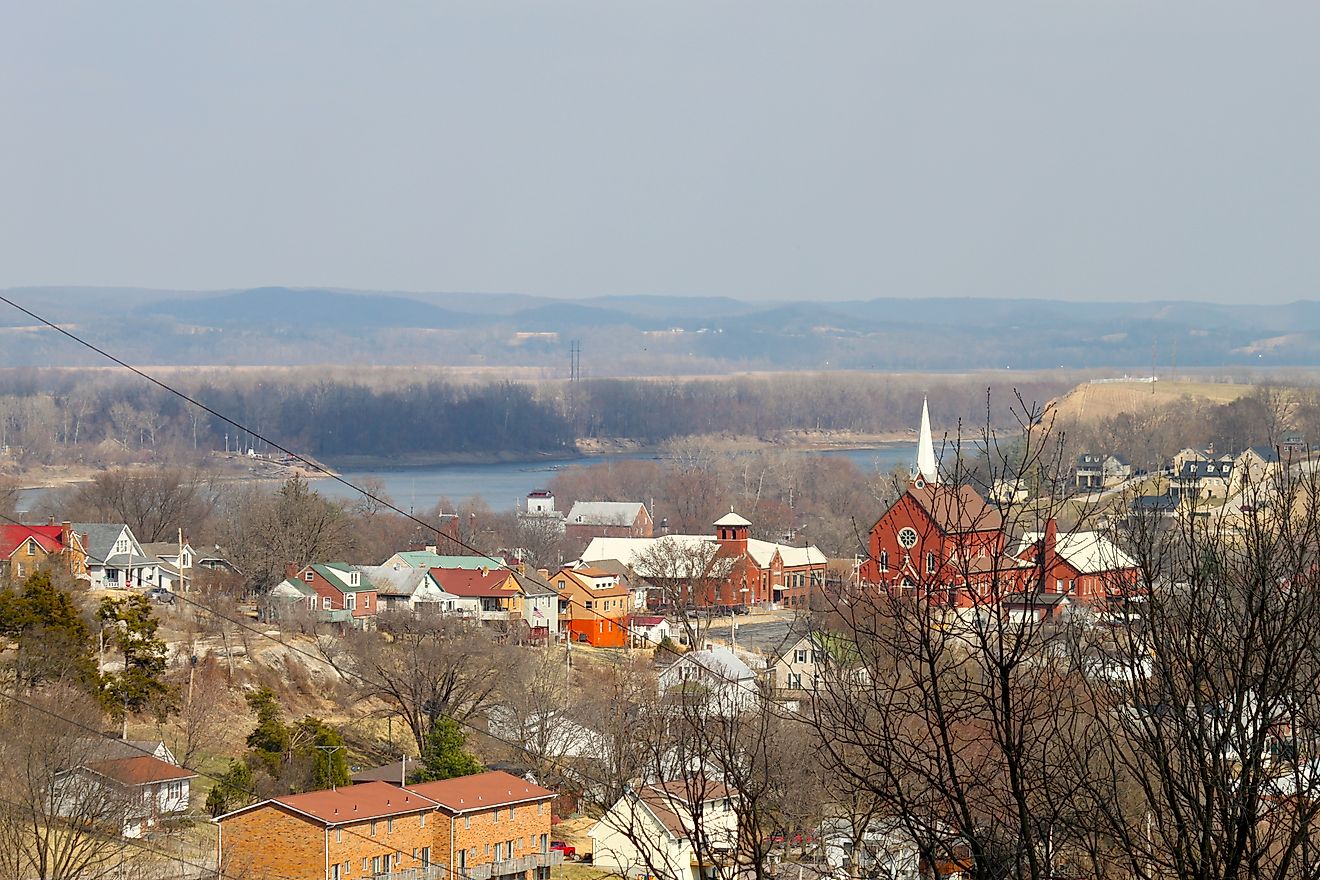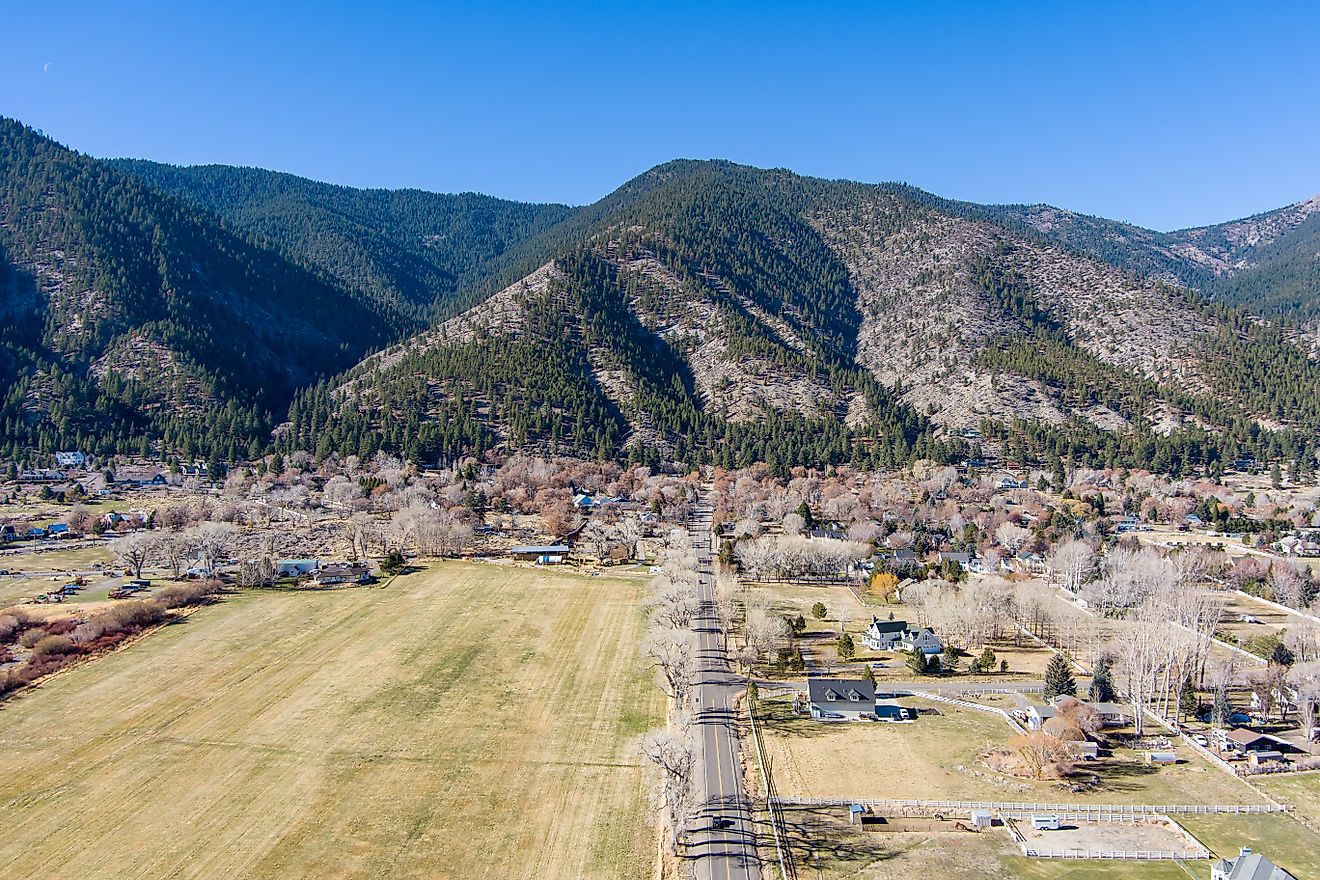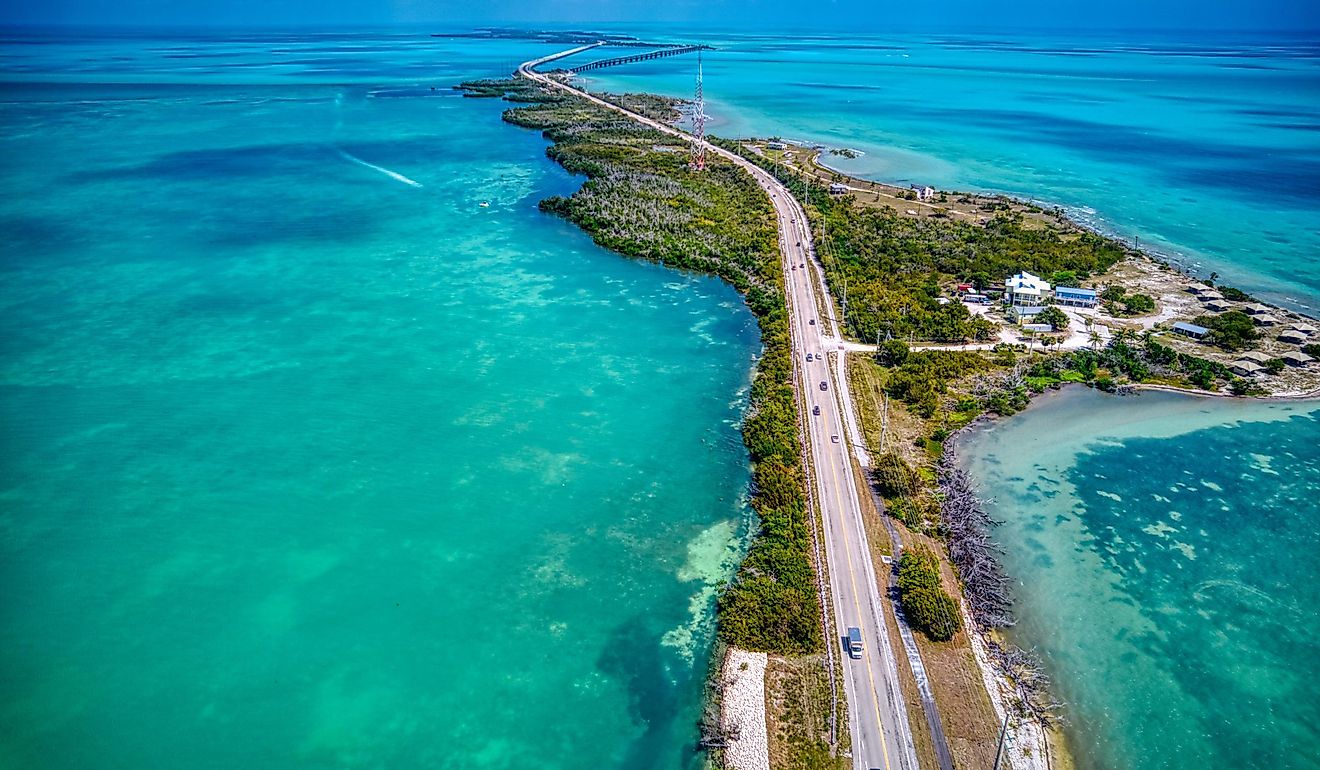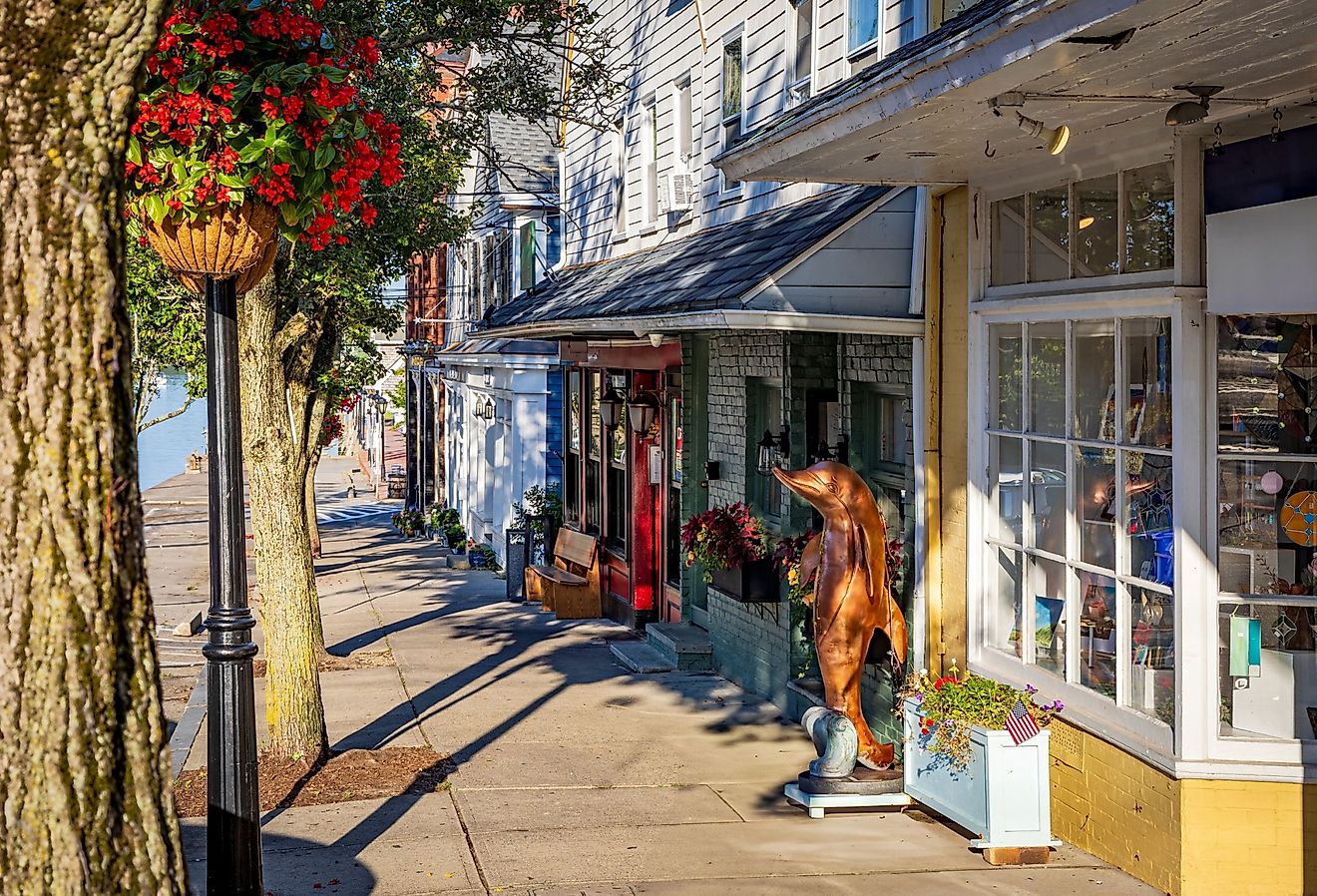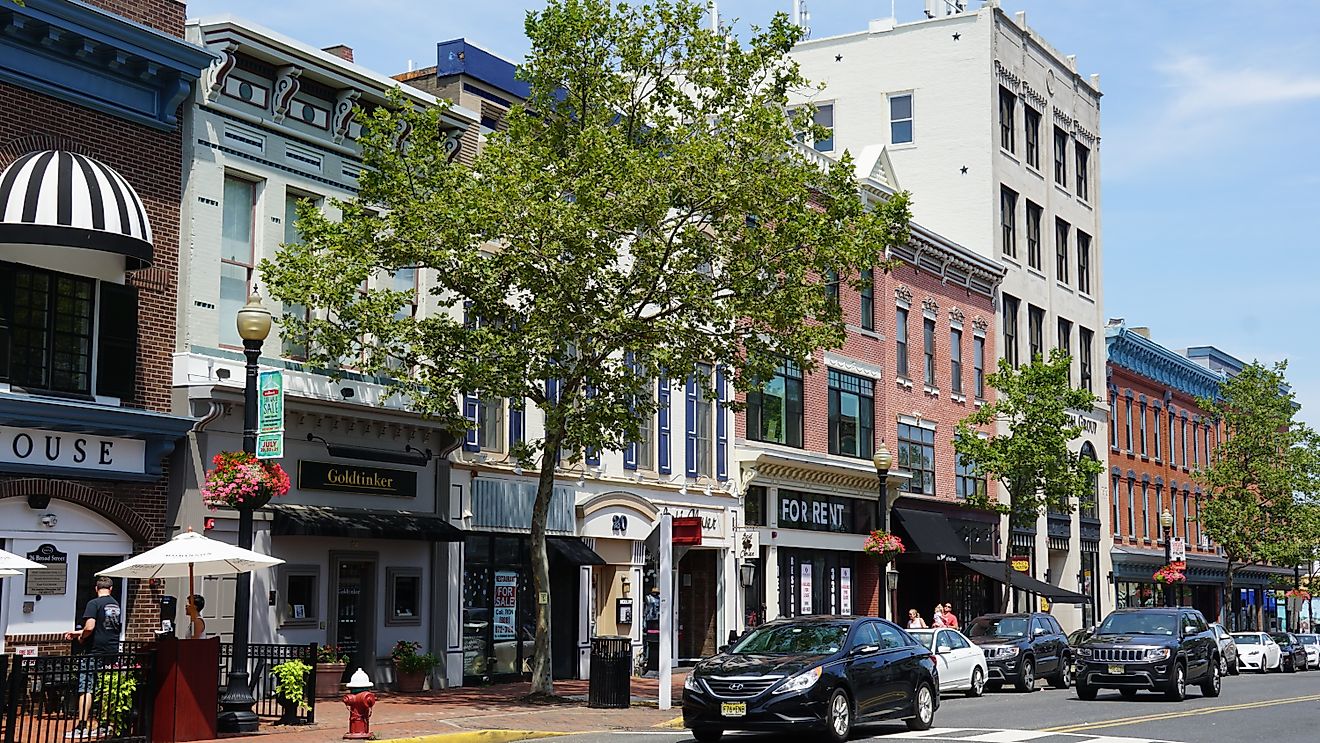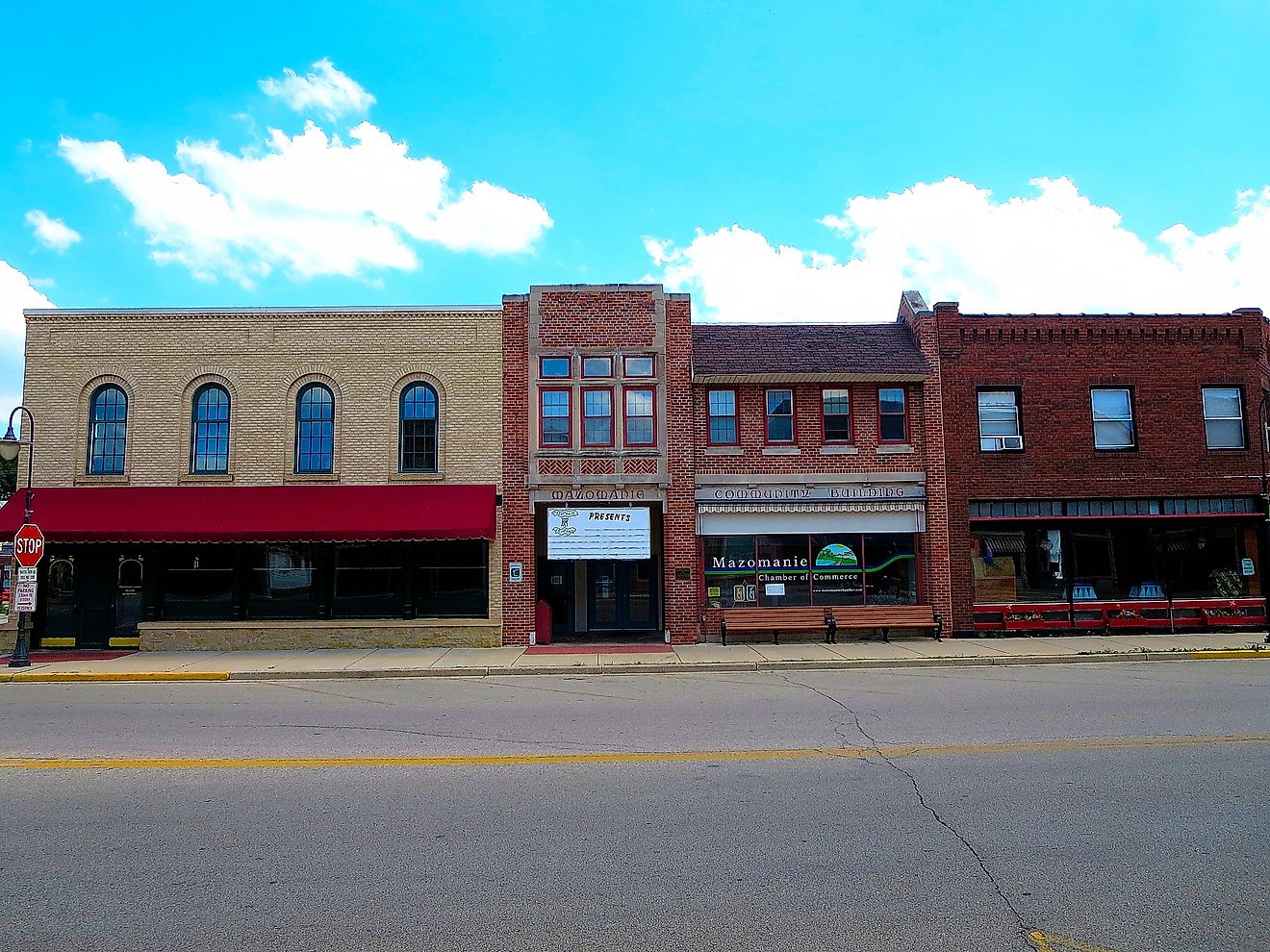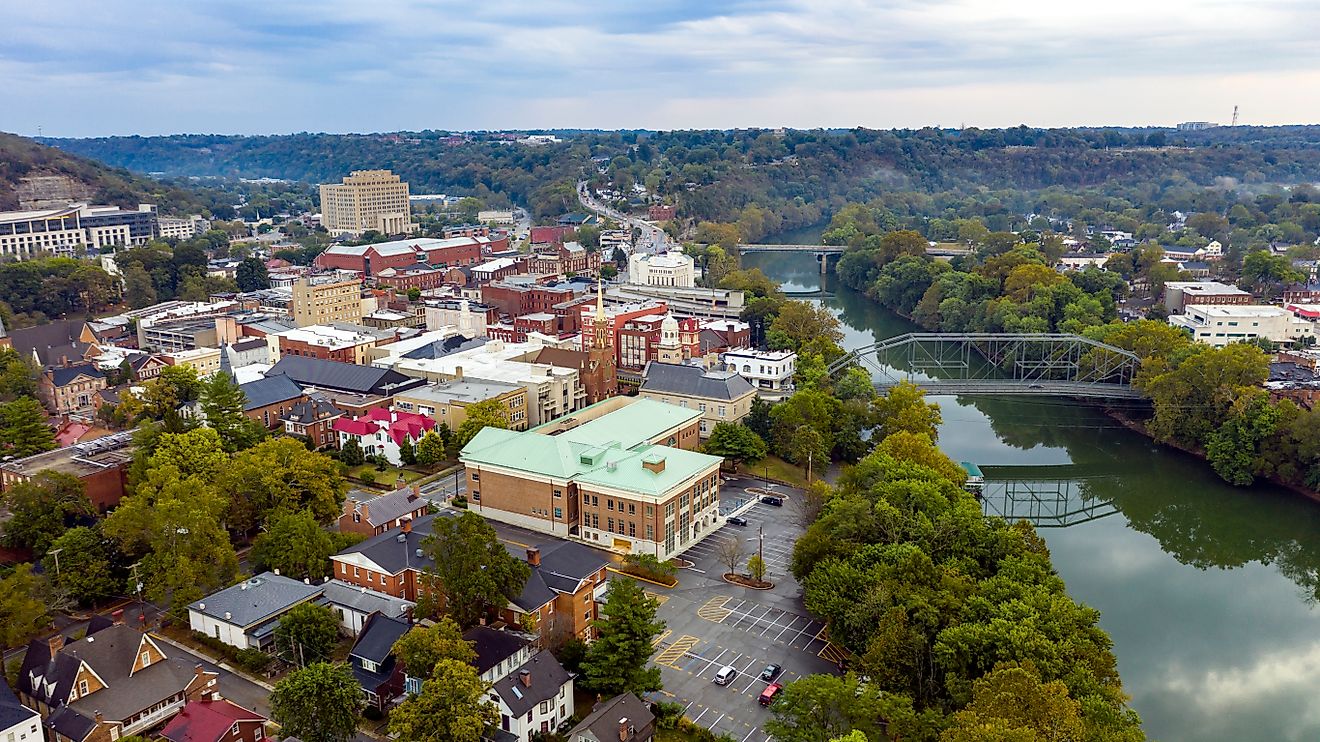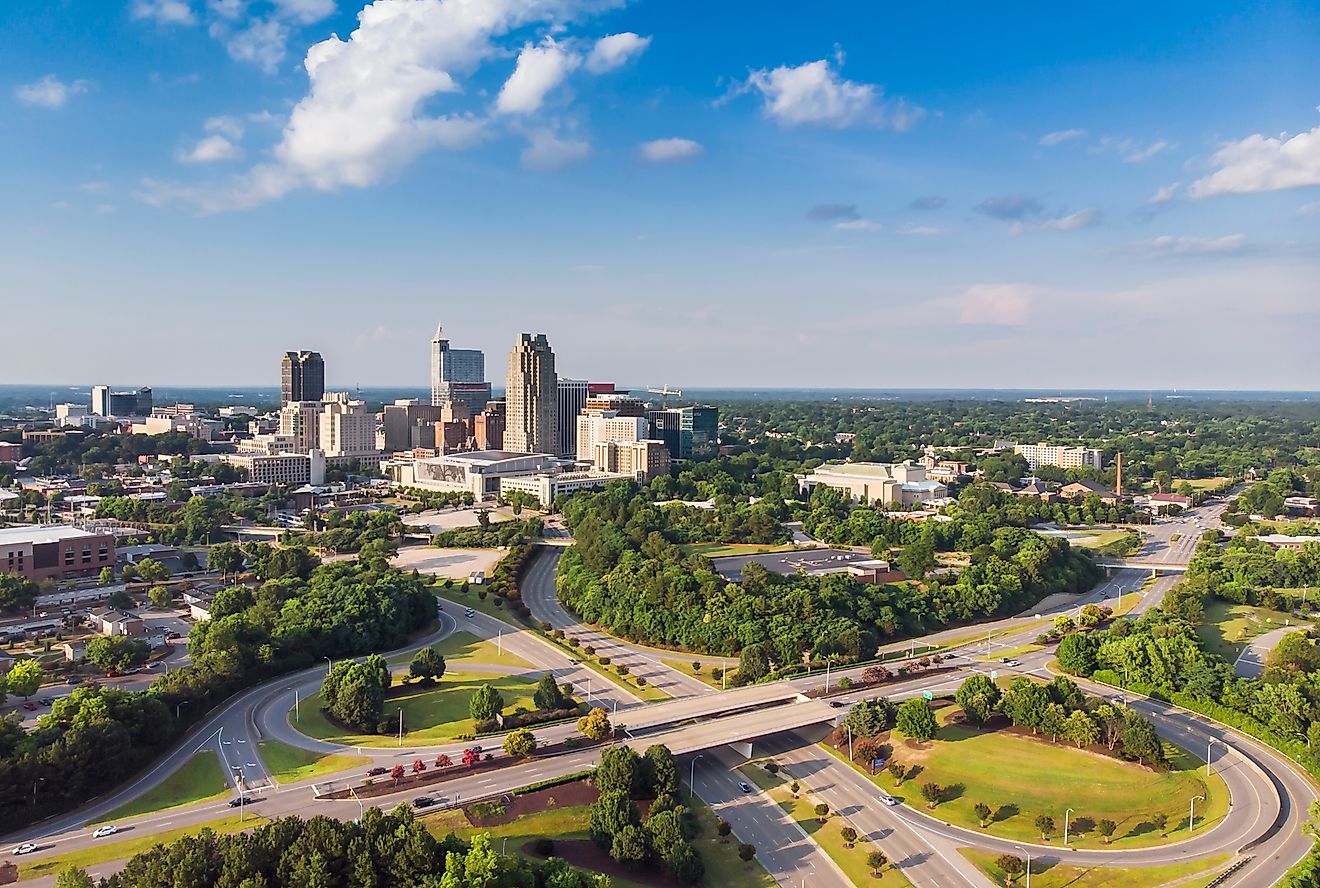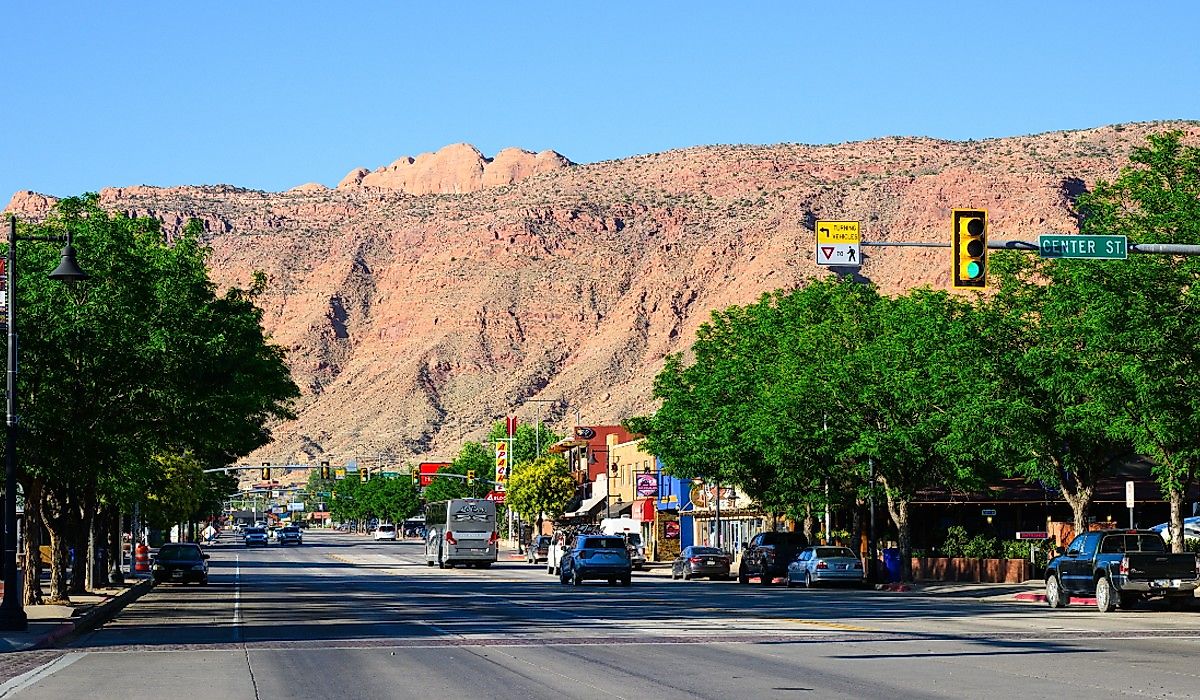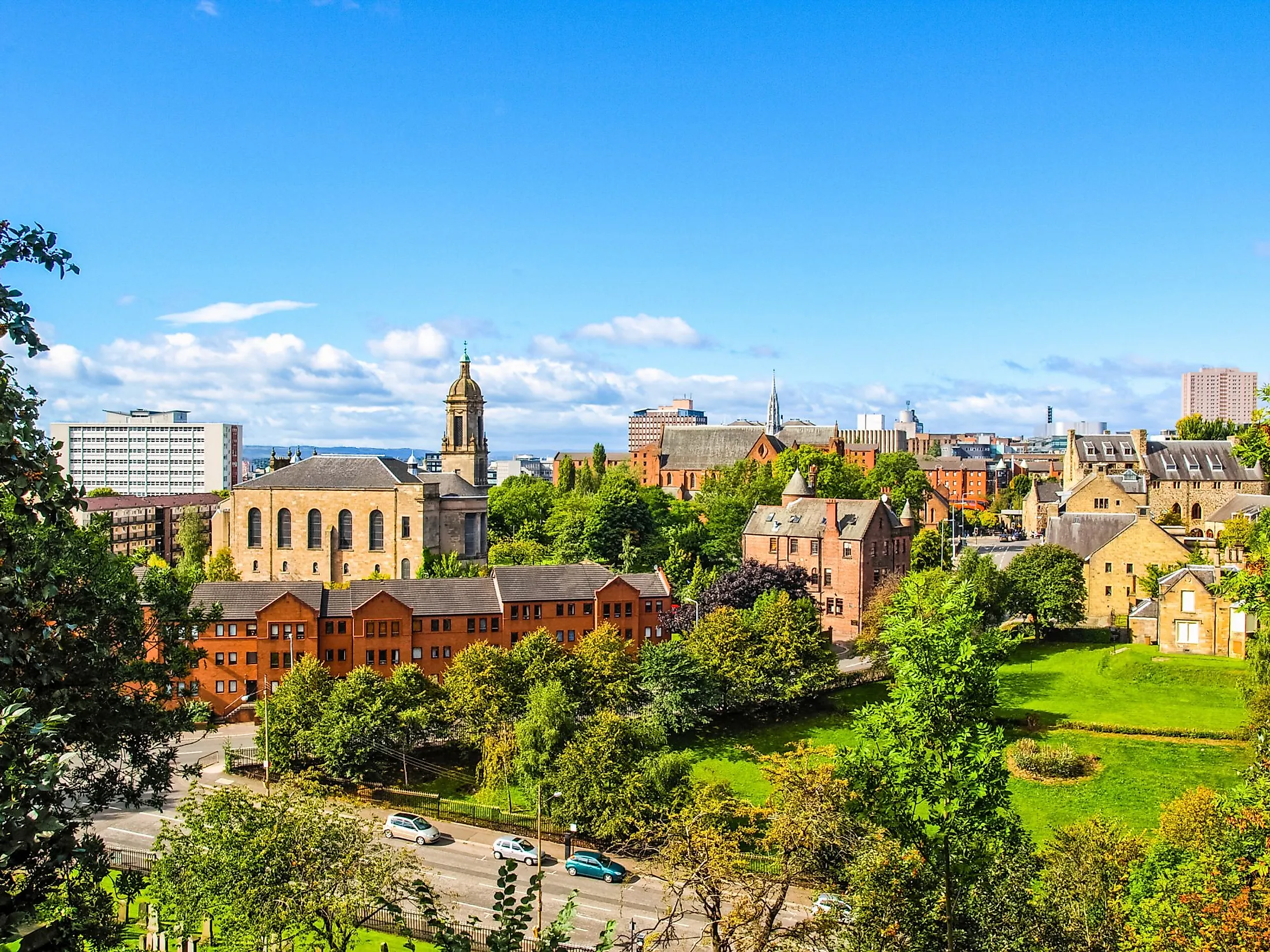
Glasgow, United Kingdom
Glasgow is a place with an ancient history and unique culture. Glaswegians, as its citizens are called, are known for their distinctive accent and dialect. The name Glasgow comes from Brittonic or Brythonic, an ancient Celtic language, and means green hollow or glen, believed to refer to a ravine near the Glasgow Cathedral. Others believe it has been derived from the old Gaelic words Glas Caomh, meaning a “dear green place” – a moniker that some still use to refer to the city. In modern Celtic, the city’s name is Glaschu. Historically an industrial city, arts and culture lovers have much to explore in Glasgow, home to the Scottish Opera, Scottish Ballet, and National Theatre of Scotland. Glasgow lies in the vicinity of stories Loch Lomond and The Trossachs National Park, making it a popular hub for nature lovers.
Geography And Climate Of Glasgow
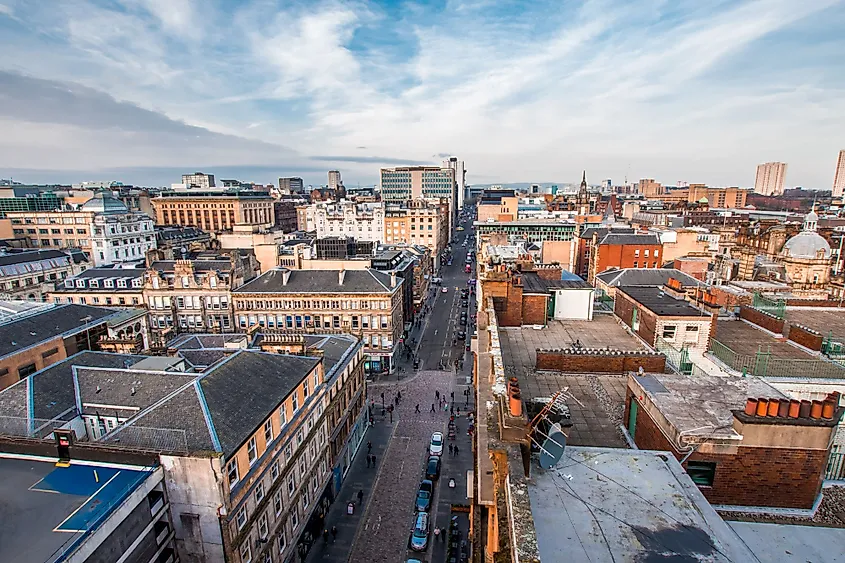
Glasgow is a port on the River Clyde about 32 km from its mouth in the North Atlantic, in the region known as the western Lowlands. It lies about 45-72 km west of Edinburgh. The city’s neighborhoods sprawl along most of the lower Clyde valley, and most government and business sectors can be found on the northern side of the river. Before 1975, Glasgow was part of old Lanarkshire County. From 1975 to 1996, it became part of the Strathclyde Region. Since 1997, Glasgow has been named a Council Area, one of 32 in Scotland.
Due to its proximity to the North Atlantic, Glasgow experiences an oceanic climate as per the Köppen Climate Classification. Winters are generally cool, with cloudy skies and average daytime temperatures of about 7.2 °C from December through February. Extreme cold and heavy snowfall are rare. The summers are relatively cool, with conditions that can be pretty variable. Daytime highs range from 18.3 °C to just under 19.4°C from June through August. Humidity and rain are frequent, but heat spells are rare. Spring is mild, and the volatile weather of the summer often settles into more stable autumn. Rain is frequent all year round, with an average of 170 rainy days per year.
History Of Glasgow
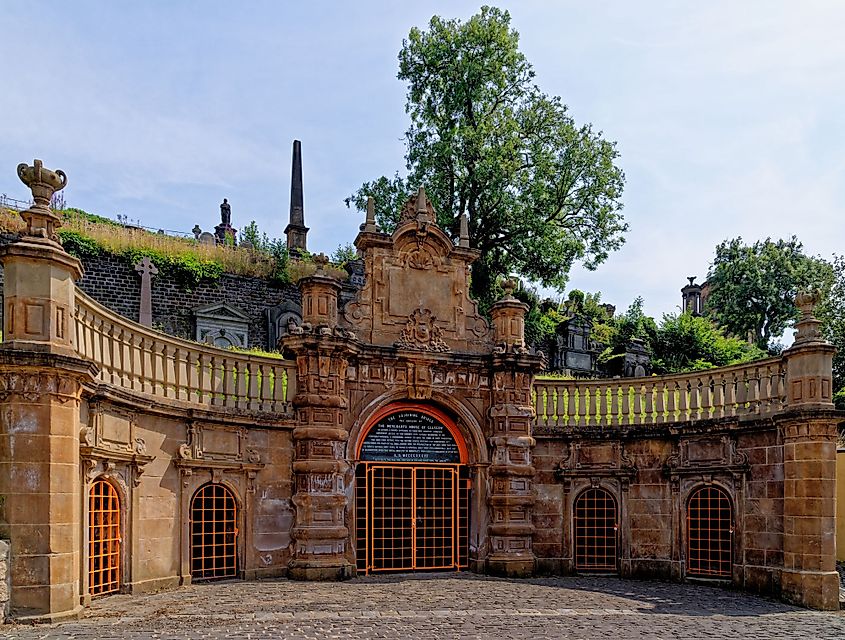
Glasgow has been a natural location for settlement. Excavations have uncovered some evidence of a prehistoric village on the present-day site of the city. The Romans reached the area in the 2nd century AD, building what is known as the Antonine Wall in 154 AD. Today, parts of it, along with other Roman artifacts, are available to view at the Hunterian Museum. It is believed that Glasgow became a religious center after Saint Mungo, also known as St. Kentigern, founded a cathedral in 540. Archaeological digs in the area have confirmed some aspects of the presence of a religious community in the 6th century. The Glasgow Cathedral, which opened in 1197 on the same site, is dedicated to St. Mungo. Glasgow became a royal burgh in 1450. The University of Glasgow was established in 1451 and became a driver of the city’s academic and intellectual life. The diocese was elevated to the status of the Archdiocese of Glasgow in 1492. When the Scottish and English royalty became unified in 1603, it launched centuries of growth as Glasgow became a major port in Britain’s transatlantic trade with the West Indies and North America in rum, sugar, and tobacco. Glasgow was ripe for the onset of the Industrial Revolution, drawing in people from the surrounding areas and beyond. From the 20th into the 21st century, Glasgow transitioned into a modern city with a diversified population and economy.
The Population Of Glasgow
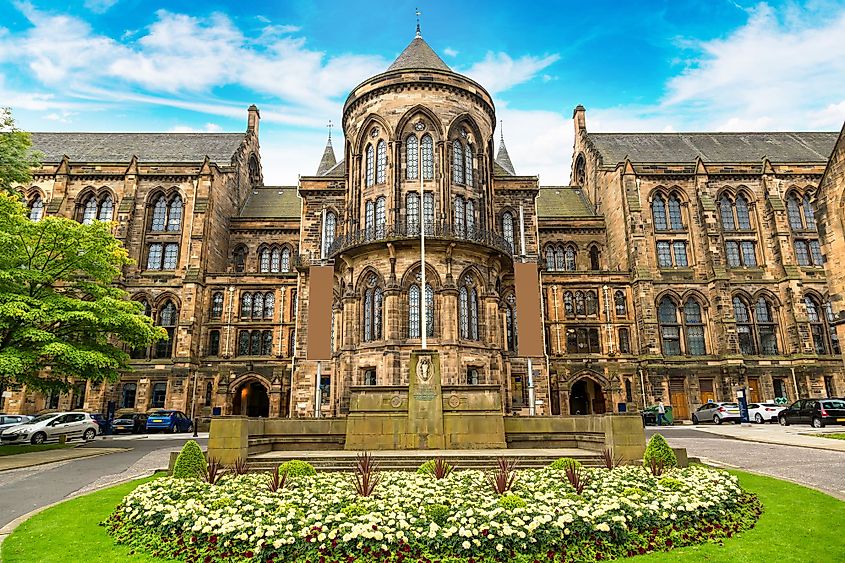
Glasgow is the largest city in Scotland and the fourth-largest in the United Kingdom. In 1801, the population was estimated at 77,000, which jumped to 147,000 by 1821 and 762,000 by 1901. The population peaked in 1925 at about 1,089,000 and remained relatively stable until the 1950s. At that time, Glasgow was one of Europe's most densely populated cities. In the ensuing decades, a government effort to spread the urban population to the suburbs resulted in the creation of new communities such as East Kibride and Cumbernauld in the 1960s. The move was intended to reduce pressure on the city's overcrowded inner-city neighborhoods. From the 1960s, the population began to drop by about 1% per year until the early 21st century, when it began a slow rise. The population of Glasgow (council area) is 593,245, according to 2011 census data, with the metropolitan area (Greater Glasgow) at 957,620. The wider Glasgow City Region, incorporating the outlying areas, has a population of 1.84 million, or about a third of all of Scotland.
Economy Of Glasgow
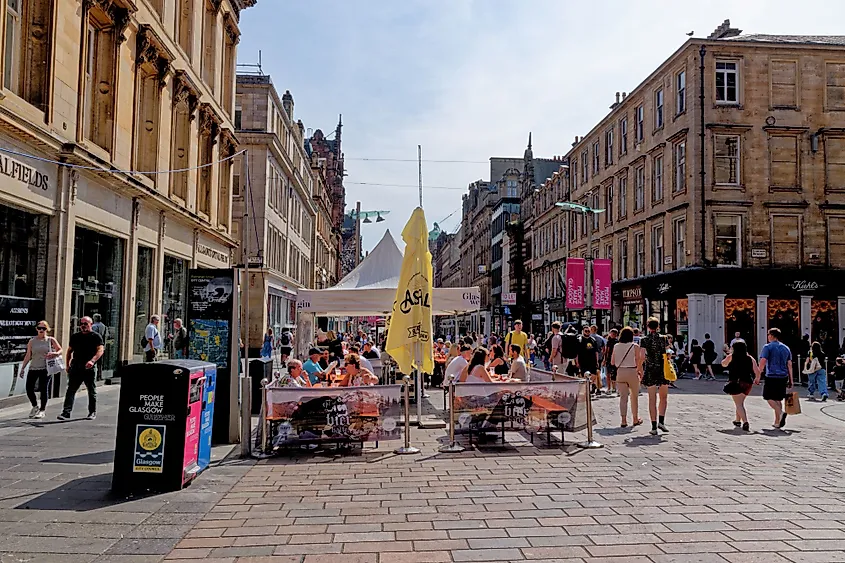
Located between the Scottish Highlands and Lowlands at the mouth of the Clyde, Glasgow transformed into a natural hub for commerce. The settlement’s early industries included agriculture, breweries, and fishing. Cured salmon was an early export commodity, with records of it being shipped to continental Europe in the 1490s. The Acts of Union in 1707 gave Scotland commercial access to the broader British Empire. At one time, it was home to more than half the total British trade in tobacco, importing up to 47 million pounds annually at its peak. Glasgow grew to become the largest seaport in Scotland and the tenth-largest (measured by tonnage) in Britain. The shipbuilding sector took advantage of its location, alongside the strong presence of the textiles, precision marine engineering, and chemical industries. The Scott family set up the first shipbuilding yard in 1711, and the industry quickly grew to become clustered along the Clyde. As a global shipbuilding center, the city was known for producing innovative vessels, some of which became famous, including the iconic Cutty Sark, launched in 1869, and the RMS Queen Mary, launched in 1934. With the largest economy in Scotland, heavy engineering and manufacturing continue to play a role in the city’s economy in the 21st century, albeit a much-reduced one. Aerospace tech is a relatively new addition to the industry mix, along with communications and information technology and a significant push into biomedical technology and pharmaceuticals. Tourism has become more critical to the city’s fortunes with a concerted effort at the government level.
Attractions In Glasgow
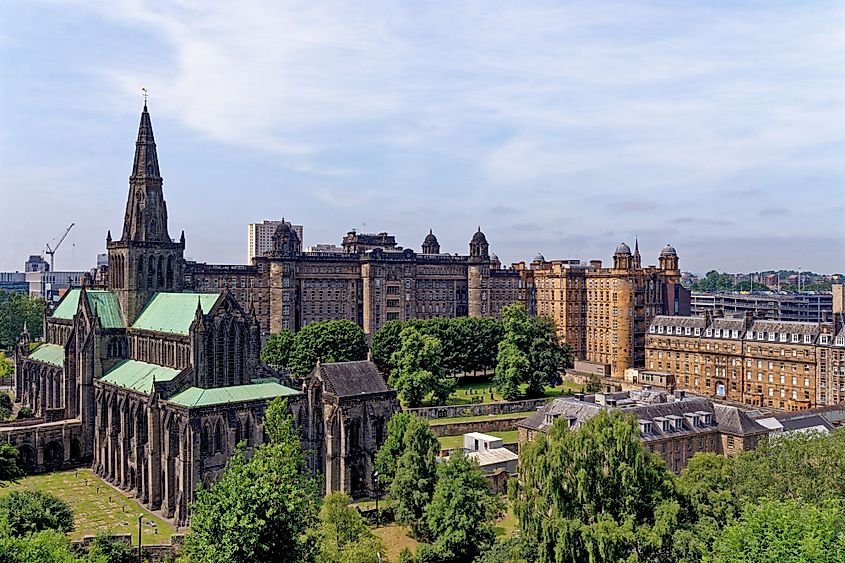
History buffs will enjoy simply walking through the old city, exploring buildings like the University of Glasgow Cloisters and uniquely atmospheric areas like the Glasgow Necropolis, a Victorian cemetery. The Glasgow Cathedral is even older, opened in 1197, and the city’s oldest house, known as Provand’s Lordship built in 1471.
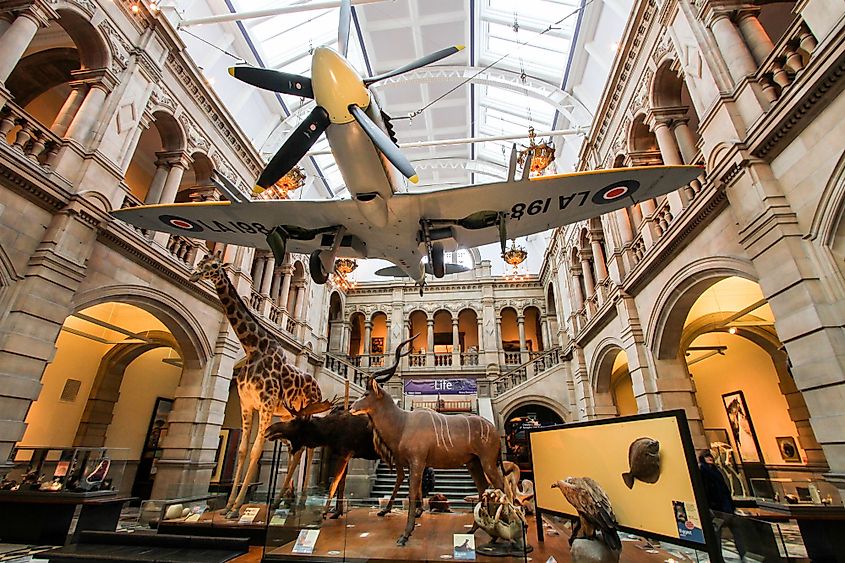
Streetscapes dating from the 17th and 18th centuries are preserved in the Glasgow Cross district, with many others displaying Victorian and art nouveau styles. Glasgow is a city of fascinating galleries and museums to explore, such as Kelvingrove Art Gallery and Museum, the Gallery of Modern Art, and the Riverside Museum. The Hunterian Museum, established in 1807, is housed on the University of Glasgow campus. Along with its major cultural institutions, Glasgow has become famous for its street art scene and a lively independent music community to be experienced at many of the city’s pubs and other venues.
From its ancient beginnings and industrial past, modern Glasgow has emerged as a city of culture, education, and diversified businesses, with a more and more diverse population. Because of its rich and varied past, it is a city with a unique local culture that has endured and flourished into the 21st century. Today it can be experienced as a vibrant and multi-layered city where a six-and-a-half-century old university is on the cutting edge of biotech, and respect for history blends with a trendy nightlife and restaurant scene.
